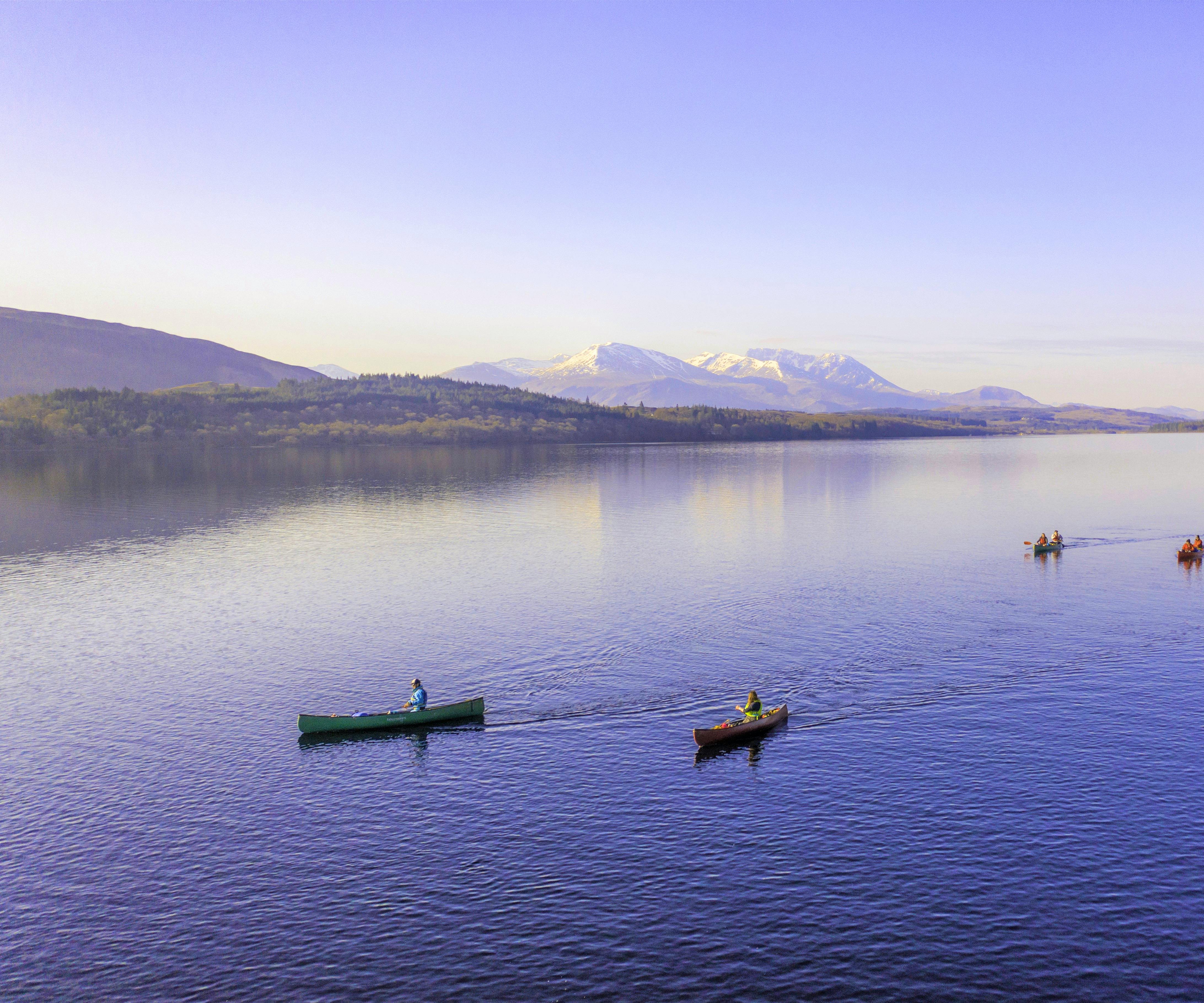What to Bring Hiking: Essential Gear and Clothing for Your Next Adventure
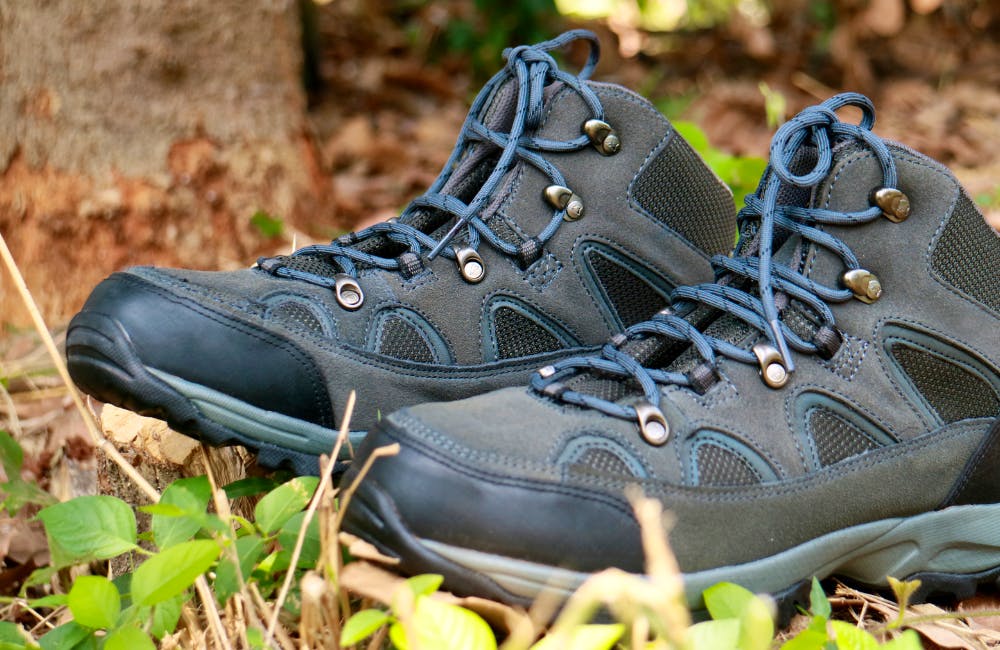
1. Footwear
Material: Look for waterproof materials like leather or synthetic materials with a waterproof lining to keep your feet dry in wet conditions.
Traction: The soles should provide good grip and stability on various surfaces, including mud, rock, and loose dirt.
Fit: Proper fit is crucial. Boots should be snug enough to prevent sliding and blistering and allow for toe movement. Always try boots with the type of socks you plan to hike in!
Support: Good ankle support is important, especially if you're carrying a heavier backpack or hiking on uneven surfaces. Higher cuffs around the ankles offer better support and protection against sprains.
Breathability: Consider boots with breathable fabric, especially for hiking in warmer climates, to prevent excessive sweating, which can lead to blisters.
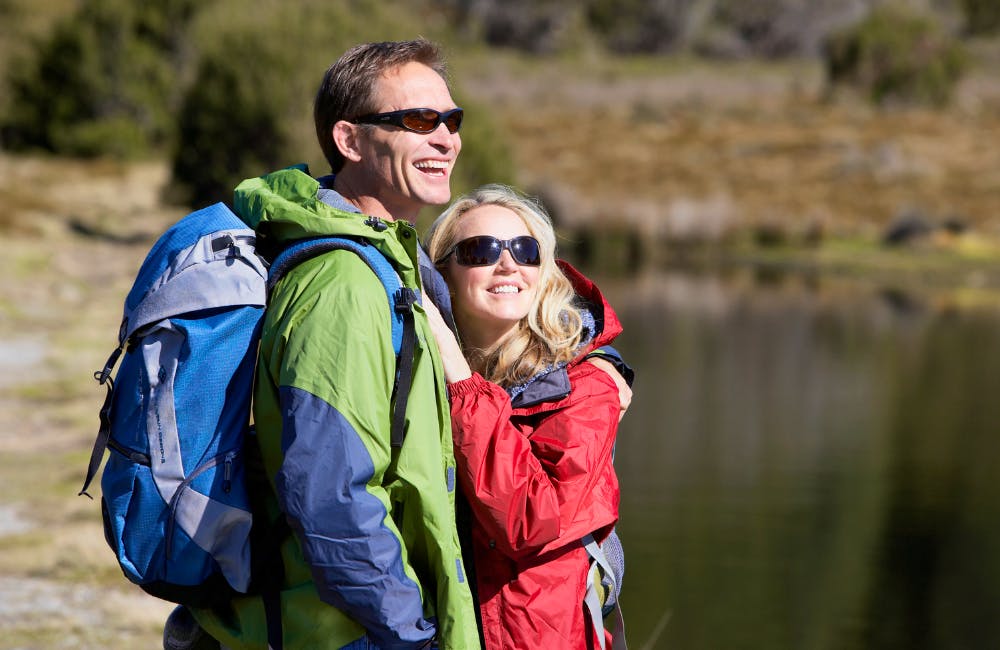
2. Clothing
Base layer: Your base layer should wick moisture away from your body. Opt for lightweight, breathable fabrics like synthetic blends or merino wool for vests, underwear, and t-shirts.
Insulating layer: Depending on the weather, an insulation layer keeps you warm. Fleece jackets, down vests, or synthetic insulated jackets are excellent choices.
Outer layer: A waterproof and breathable shell jacket will protect you from wind and rain. Ensure it's durable and adjustable for changing conditions.
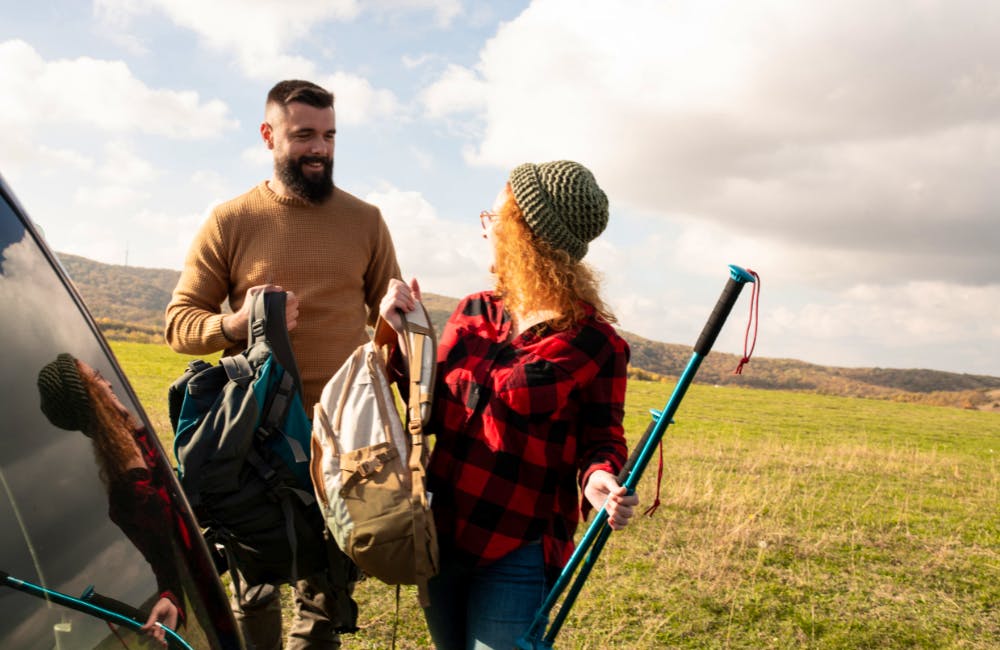
3. Hydration and Nutrition
Hydration
Water bottles: Simple and easy to refill, ideal for shorter hikes or trails with plenty of water sources.
Hydration reservoirs allow easy access to water through a hose, making it easier to drink on the go and stay hydrated, which is particularly useful during longer or more strenuous hikes.
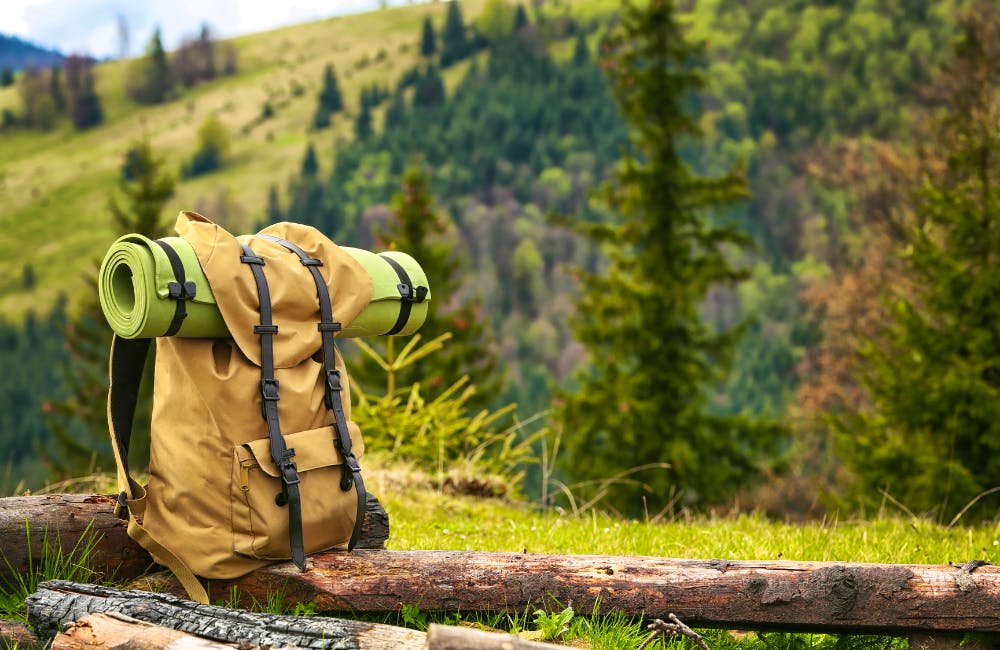
Nutrition
Energy bars: Convenient and packed with nutrients, energy bars can provide a quick energy boost.
Nuts and seeds are high in calories and healthy fats and great for sustained energy.
Dried fruits Offer quick sugars and a bit of fibre, making them a sweet source of quick energy.
Jerky: Provides protein, which is helpful on longer, more strenuous hikes.
Sandwiches: Carbohydrate-rich bread with proteins like chicken or tuna is perfect for longer hikes.

4. Safety and Emergency Supplies
For Safety:
First-aid kit: Include bandages, antiseptic wipes, blister treatments, adhesive tape, gauze pads, and personal medications like antihistamines or asthma inhalers. It's also wise to carry a small booklet on first aid procedures.
Navigation tools: Always carry a map and a compass as your primary navigation tools. A GPS device will be helpful but should not replace traditional tools since electronic devices can fail or run out of battery.
Multi-tool or knife: A good multi-tool or a Swiss Army knife can be invaluable for repairs, first aid, food preparation, or when you need to make your emergency gear.
Emergency whistle: You can use a whistle to signal for help. It's lightweight, easy to carry, and the sound carries further than the human voice.
Headlamp or flashlight: Always pack a headlamp or flashlight with extra batteries. These are essential if you're caught out after dark or need to signal for help at night.


Emergency Supplies
Fire starting gear: Pack waterproof matches, a lighter, and some fire starters (such as a dry tinder or a commercial fire starter). Being able to start a fire means you'll stay warm, cook food, and signal rescuers in an emergency.
Emergency shelter: Carry a lightweight tent, bivy sack, or at least an emergency space blanket. If you are stranded or injured, this can protect you from wind, rain, and cold.
Extra wood and Water: Bring more than you think you'll need. Extra food, such as nuts, bars, and dried fruits, should be non-perishable and high-energy. Also, pack an extra water bottle or a compact water purification system.
Extra clothing: Pack an extra layer of clothing beyond what you expect to use, including an additional warmth layer and an extra pair of socks. This is crucial if your clothing gets wet or the weather conditions worsen unexpectedly.

5. Shelter and Sleeping Gear
Tents
Types: There are several types of tents available, including ultralight tents for solo hikers, dome tents for stability against wind, and larger cabin-style tents for groups.
Features: Look for features like double-wall construction for improved insulation and waterproofing. A vestibule for gear storage can keep your sleeping area clutter-free.
Weight: Always consider the weight, as you will be carrying this on your back. Ultralight tents are ideal for long treks where weight is a critical concern.

Sleeping Bags
Temperature rating: Select a sleeping bag rated for the coldest temperatures you expect to encounter. Like tents, sleeping bags are typically rated as three-season or four-season, and simply put, the latter is for winter, while a 3-season sleeping bag is suitable for summer, spring, and autumn.
Insulation type: Down insulation offers a better warmth-to-weight ratio and compressibility but performs poorly when wet. Synthetic insulation is heavier but provides warmth even when damp.
Shape: Mummy-shaped sleeping bags offer more warmth as they are designed to fit closely to your body, minimising air pockets.
Sleeping Pads
Pillows
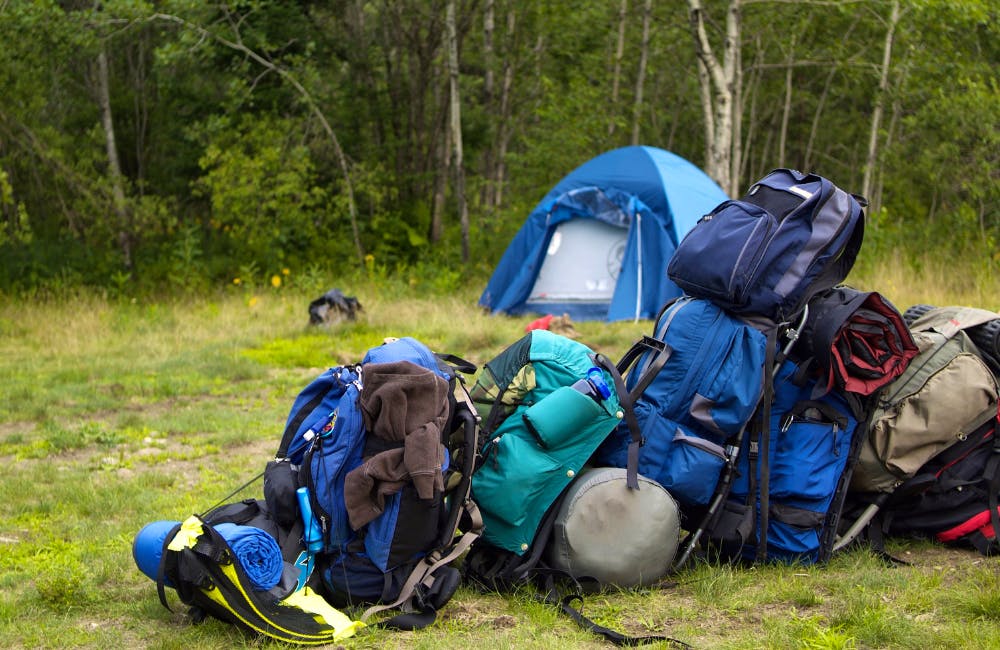
6. Communication and Backup
Communication Tools
Coverage: Before your trip, check the cell coverage map for your destination. Your smartphone can serve as a primary communication tool if coverage is reliable.
Battery life: You can conserve battery by switching to aeroplane mode when not in use, but ensure you also carry a portable charger or battery pack.
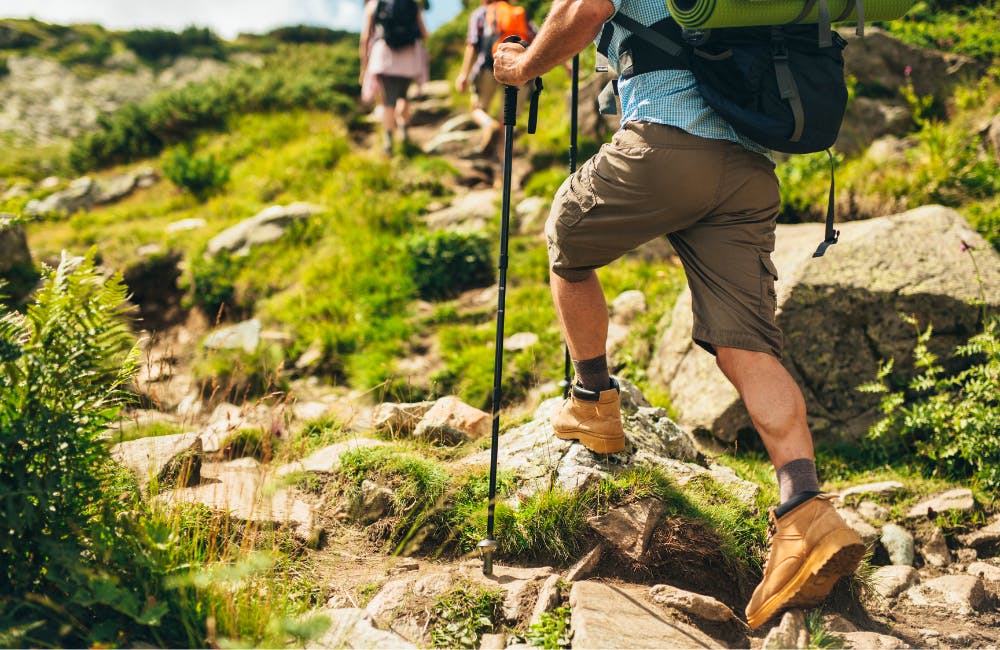
Backup and Emergency Plans

Closing Thoughts
Find your next adventure
Why Skyhook?
Join over 27,000 Skyhook adventurers who've used our platform to book directly with our vetted local guides, at local prices (we never markup).
Expert Local Guides
Experienced local guides, handpicked by us.
Best Prices
Never pay a markup on the local guide's price.
Exclusive Club
Earn loyalty rewards every time you travel.
Great Social Vibes
Small group tours provide a richer experience.
Stellar Feedback
Over 2,800 reviews, average of 4.9/5 stars.










